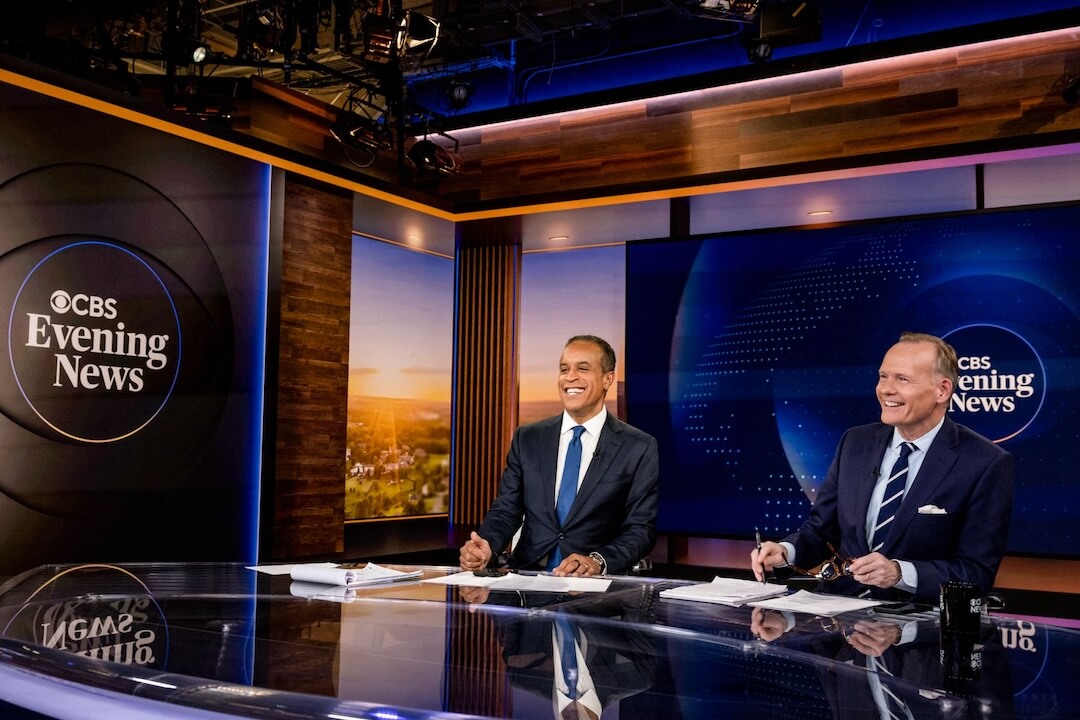Report for America announced its first three positions in newsrooms covering rural Appalachia on Tuesday. Following the news last week that the new service organization was seeking to put 1,000 "emerging" journalists into local newsrooms around the country in the next five years, our readers posed a lot of great questions.
RFA's co-founders, Charles Sennott and Steven Waldman, spoke with Poynter about a few of them.
1. Can you explain Google's role in this? What are the expectations?
"So Google News Lab has gotten behind the idea of RFA with early-stage funding," Sennott said.
Specifically, that funding will go toward training and equipping the journalists before they head into their newsrooms. They'll get a 360 camera, Sennott said, a high-end phone that allows for video, audio, data, live-streaming and other applications those reporters will use. (Disclosure: Poynter gets funding from Google News Lab as well as from other RFA funding partners, including the Lenfest Institute for Journalism and the Knight Foundation.)
They'll also get training to understand Google's Local News initiative and what they can do to get their work to show up in that algorithm. That includes better tagging, Sennott said, and a better understanding of the kinds of quality stories that Google's local news algorithm looks for to increase their audiences.
"We see that as a really practical skill set to have," Sennott said.
Google's also playing a role with operating support as RFA brings on a board executive director as it gets started.
2. There are a lot of out of work veteran and mid-career journalists. Why start with the newest?
"It's a really important question," Waldman said. "The short answer is: We haven't figured out exactly the right way to do this. We do believe that Report for America should ultimately have a key role for mid-career people and that in general, Report for America should permanently expand the number of journalism jobs."
The question, he said, is how and when.
For now, they think starting the first year with "emerging journalists" makes sense operationally and financially.
"But once we're established, we're considering a few models for engaging mid-career folks. One would be to allow for mid-career people to be in the program as full reporters — with an understanding of course that this is a national service opportunity, not just a job," he said. "That means most likely less money than they're used to and an expectation that they'd do the community service efforts (like helping local high schools create or improve student-run publications). Most important, it means buying into the spirit of it. But frankly I think there are a lot of people who would love that. It's what they got into journalism for in the first place and would love the opportunity to do civically important reporting."
Also, he pondered, are there roles for mid-career journalists to serve as both reporters and mentors? That approach has worked well with other community service programs, and it could work in journalism, too.
"I think we can't solve everything," Sennott said. "No single initiative is going to answer every problem with the many crises that journalism faces, and there are a lot of foundations that address mid-career journalists."
But that doesn't mean, if you're not fresh out of J-school, that you shouldn't go ahead and apply, he said. Maybe you're emerging into digital journalism. Maybe you're transitioning from the military or education into covering those things. Make the case, Sennott said.
"In fact," Waldman said, "we'd love to hear ideas from the field on this point."
3. What role will racial and ethnic diversity, as well as where someone's from, play in the application process?
The GroundTruth Project, which is behind Report for America, puts diversity as a priority, Sennott said. About two-thirds of its reporters are women, which reflects the applicant pool, and more than half of the 150 reporting fellows are people of color from 25 different countries.
"Diversity isn’t just an abstract goal," Sennott said. "We have to have newsrooms that reflect the societies we cover, and we’re determined to make that happen."
Ideally, RFA will be able to pair two reporters in each newsroom, one from the community and one from outside the community, he said. The local journalist brings local knowledge, and the outside journalist brings a fresh perspective.
"We see a great power in bringing people together from different perspectives," he said.
Applications for those first three spots are now open and close on Nov. 1. Selections should be made by the end of November, with the first group ready for two weeks of training before heading into their newsrooms at the start of the year.







